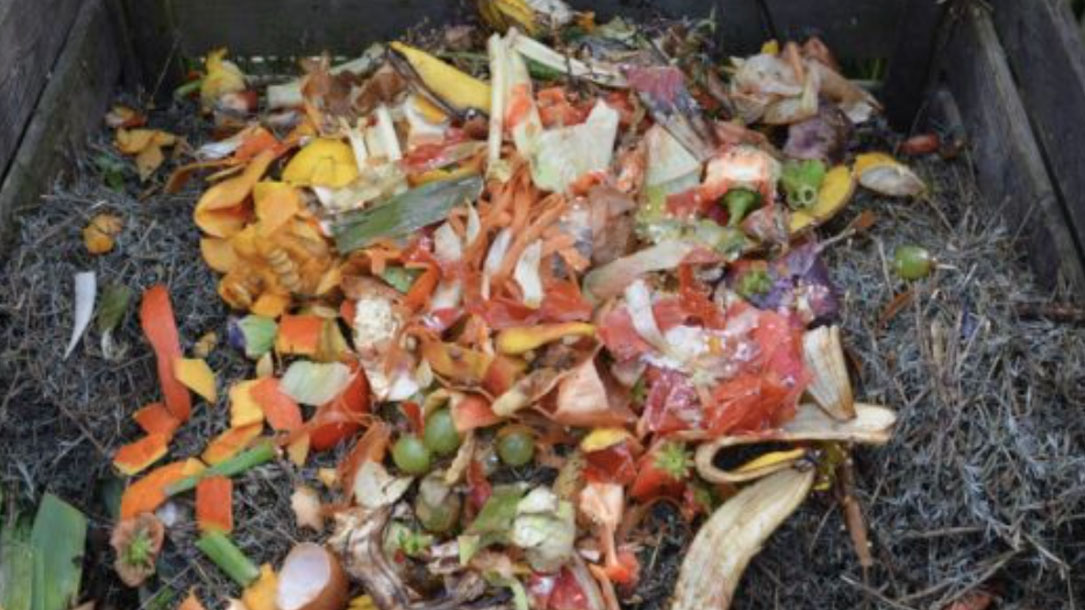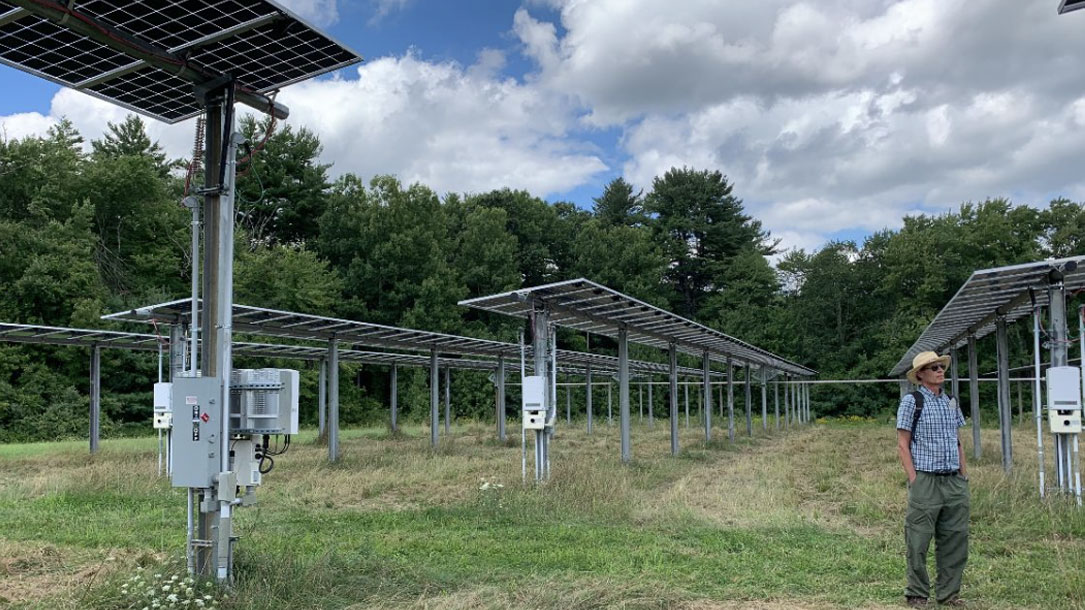Home > Climate News >

Key tropical crops at risk from pollinator loss due to climate change and land use
Insect pollinator biodiversity is changing rapidly, with potential consequences for the provision of crop pollination. However, the role of land use–climate interactions in pollinator biodiversity changes, as well as consequent economic effects via changes in crop pollination, remains poorly understood. We present a global assessment of the interactive effects of climate change and land use on pollinator abundance and richness and predictions of the risk to crop pollination from the inferred changes.

New research shows global climate benefits of protecting nature, but it’s not a silver bullet
Since 2000, the researchers reported, protected forests worldwide have stored 9.65 billion metric tons more carbon in their trunks, branches, and stems than ecologically similar unprotected areas. That is equal to about a year’s worth of annual carbon dioxide emissions from human activities. But that doesn’t mean that nature is a silver bullet that will stop climate change, said lead author Laura Duncanson, an assistant professor and remote sensing scientist at the University of Maryland who studies global carbon stocks.

Trees are moving north from global warming. Look up how your city [region] could change.
As the climate warms, horticulturalists are trying out species adapted to more southern climates. Michael Hagen, curator of the native plant and rock gardens at the New York Botanical Garden, told me recently that his colleagues are planting southern live oaks, known for the Spanish moss that drapes, ghostlike, from their limbs.
Live oaks can grow as far north as Zone 7, according to data provided by the Davey Tree Expert Company. By century’s end, they could grow in Chicago and up into Michigan, while south Florida could become too hot for them.

Assessing the climate change mitigation potential from food waste composting
Food waste is a dominant organic constituent of landfills, and a large global source of greenhouse gases. Composting food waste presents a potential opportunity for emissions reduction, but data on whole pile, commercial-scale emissions and the associated biogeochemical drivers are lacking. We used a non-invasive micrometeorological mass balance approach optimized for three-dimensional commercial-scale windrow compost piles to measure methane (CH4), nitrous oxide (N2O), and carbon dioxide (CO2) emissions continuously during food waste composting. Greenhouse gas flux measurements were complemented with continuous oxygen (O2) and temperature sensors and intensive sampling for biogeochemical processes.

How much food waste is there in the United States?
Each year, 119 billion pounds of food is wasted in the United States. That equates to 130 billion meals and more than $408 billion in food thrown away each year. Shockingly, nearly 40% of all food in America is wasted.
Food goes to waste at every stage of food production and distribution – from farmers to packers and shippers, from manufacturers to retailers to our homes. Food waste in our homes makes up about 39% of all food waste – about 42 billion pounds of food waste. While commercial food waste makes up about 61% of all food waste or 66 billion pounds of food waste. Feeding America focuses on reducing food waste on farms and in food service, manufacturing, and retail.

Infographic: How composting combats the climate crisis
Composting cuts greenhouse gas emissions, enhances the ability of soil to act as a carbon sink, and builds community resilience to climate disruptions.
Use our new graphic to share these benefits! It is available for your use (with attribution to the Institute for Local Self-Reliance).

Deep soil inventories reveal that impacts of cover crops and compost on soil carbon sequestration differ in surface and subsurface soils
Increasing soil organic carbon (SOC) via organic inputs is a key strategy for increasing long-term soil C storage and improving the climate change mitigation and adaptation potential of agricultural systems. A long-term trial in California’s Mediterranean climate revealed impacts of management on SOC in maize-tomato and wheat–fallow cropping systems. SOC was measured at the initiation of the experiment and at year 19, at five depth increments down to 2 m, taking into account changes in bulk density. Across the entire 2 m profile, SOC in the wheat–fallow systems did not change with the addition of N fertilizer, winter cover crops (WCC), or irrigation alone and decreased by 5.6% with no inputs.

NSAC’s 2023 Farm Bill Platform
NSAC’s comprehensive 2023 Farm Bill Platform provides title-by-title recommendations across farm bill programs and policies detailing how Congress can better support farmers and ranchers by strengthening their bottom lines, their communities, and their resilience. The platform spans key issue areas including natural resource conservation, local and regional food systems, sustainable agriculture research, structural reform to farm programs, and more, with cross-cutting recommendations, focused on advancing racial equity across farm bill programs, supporting beginning farmers, and addressing the climate crisis and its impacts on our food and farms.

Climate-smart agriculture Inflation Reduction Act Activation Guide
A broad range of companies within the food sector can use IRA-funded agricultural programs to support their climate goals. On average, two-thirds of food sector companies’ emissions are generated by farm-level production, making on-farm sustainability critical for abatement.

Liana cutting in selectively logged forests increases both carbon sequestration and timber yields
Infestations of trees by woody climbing plants (i.e., lianas) are common and increasing in an estimated 250 Mha of the 1 billion hectares of mixed-species tropical and temperate forest subjected to selective logging. Cutting lianas that impede the growth of future crop trees (FCTs) in these forests would sequester carbon at low cost and increase timber yields. We estimate that application of this treatment to five liana-infested FCTs per hectare across the 250 Mha of selectively logged forest would result in 0.8 PgCO2 of additional carbon removals by the liberated trees over 30 years at a direct cost of well less than $1.00 MgCO2−1.












